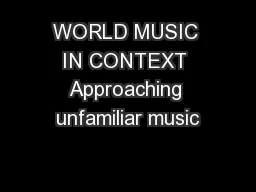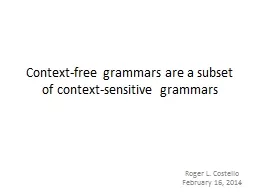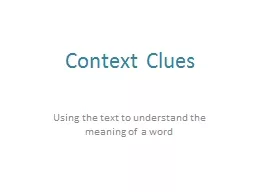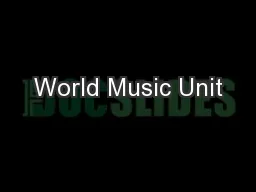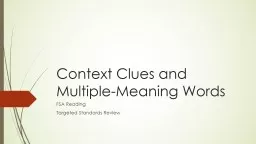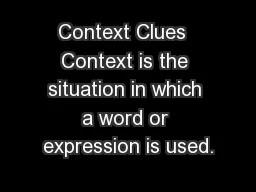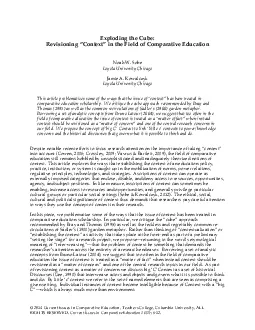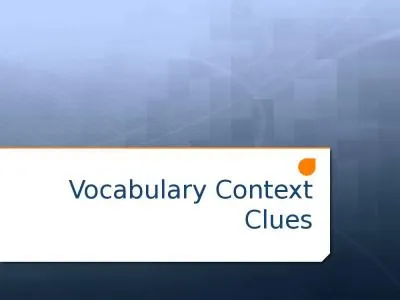PPT-WORLD MUSIC IN CONTEXT Approaching unfamiliar music
Author : alida-meadow | Published Date : 2018-03-10
Some music traditions are easy to recognize whereas others require you to develop a systematic method for identifying what you hear Hopefully by now you will have
Presentation Embed Code
Download Presentation
Download Presentation The PPT/PDF document "WORLD MUSIC IN CONTEXT Approaching unfam..." is the property of its rightful owner. Permission is granted to download and print the materials on this website for personal, non-commercial use only, and to display it on your personal computer provided you do not modify the materials and that you retain all copyright notices contained in the materials. By downloading content from our website, you accept the terms of this agreement.
WORLD MUSIC IN CONTEXT Approaching unfamiliar music: Transcript
Download Rules Of Document
"WORLD MUSIC IN CONTEXT Approaching unfamiliar music"The content belongs to its owner. You may download and print it for personal use, without modification, and keep all copyright notices. By downloading, you agree to these terms.
Related Documents

